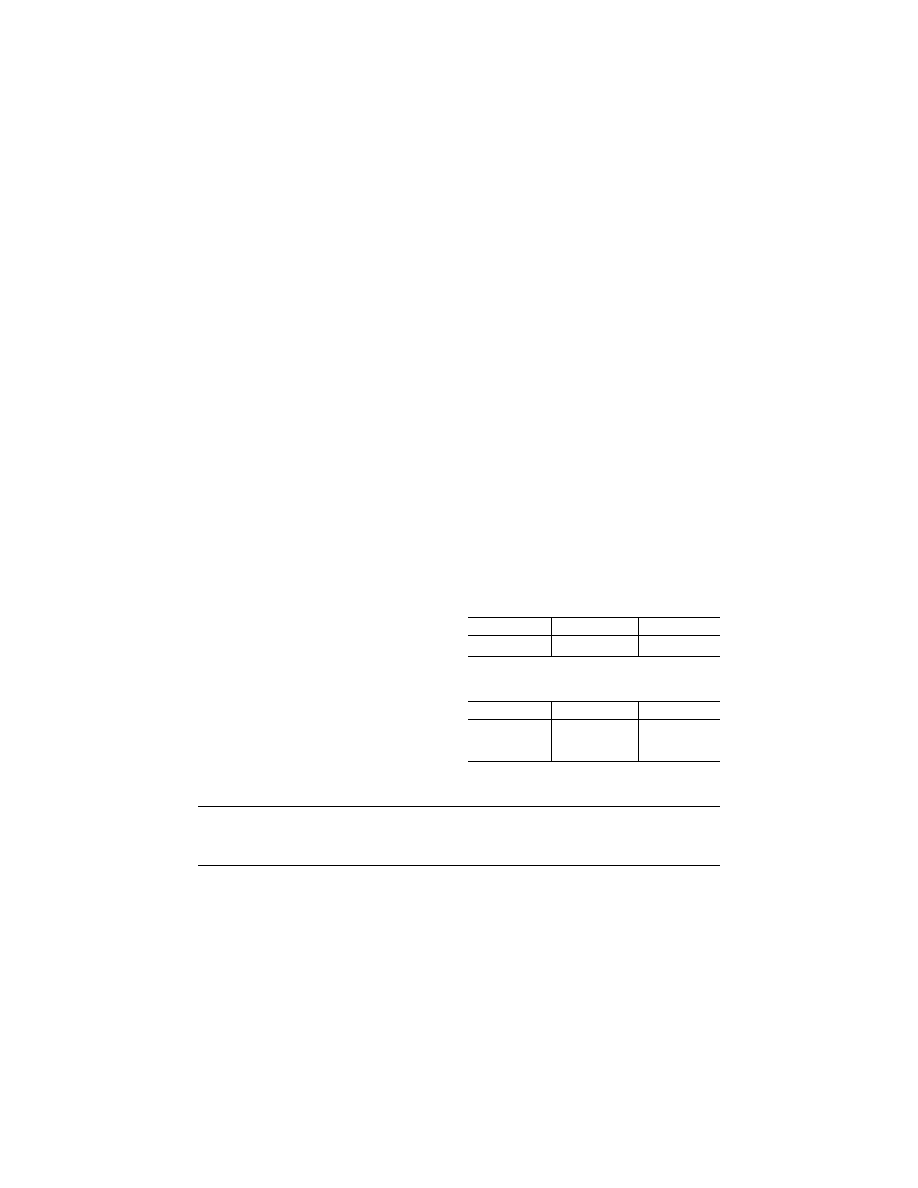
848
14 CFR Ch. I (1–1–19 Edition)
§ 91.1707
(xxx) One engine inoperative circling
approach at weather minimums.
(3) Flight training must include a
final phase check sufficient to docu-
ment pilot proficiency in the flight
training maneuver profiles at the com-
pletion of training; and
(4) Differences training for applicable
MU–2B model variants sufficient to en-
sure pilot proficiency in each model op-
erated. Current MU–2B differences re-
quirements are specified in § 91.1707(c).
A person must complete Differences
training if a person operates more than
one MU–2B model as specified in
§ 91.1707(c). Differences training be-
tween the factory type design K and M
models of the MU–2B airplane, and the
factory type design J and L models of
the MU–2B airplane, may be accom-
plished with Level A training. All
other factory type design differences
training must be accomplished with
Level B training unless otherwise spec-
ified in § 91.1707(c) . A Level A or B dif-
ferences training is not a recurring an-
nual requirement. Once a person has
completed Initial Level A or B Dif-
ferences training between the applica-
ble different models, no additional dif-
ferences training between those models
is required.
(5) Icing training sufficient to ensure
pilot knowledge and safe operation of
the MU–2B aircraft in icing conditions
as established by the FAA;
(6) Ground and flight training pro-
grams must include training hours
identified by § 91.1707(a) for ground in-
struction, § 91.1707(b) for flight instruc-
tion, and § 91.1707(c) for differences
training.
(i) No training credit is given for sec-
ond-in-command training and no credit
is given for right seat time under this
program. Only the sole manipulator of
the controls of the MU–2B airplane,
flight training device, or Level C or D
simulator can receive training credit
under this program;
(ii) An MU–2B airplane must be oper-
ated in accordance with an FAA ap-
proved MU–2B training program that
meets the standards of this subpart and
the training hours in § 91.1707.
(7) Endorsements given for compli-
ance with paragraph (f) of this section
must be appropriate to the content of
that specific MU–2B training program’s
compliance with standards of this sub-
part.
§ 91.1707
Training program hours.
(a) Ground instruction hours are list-
ed in the following table:
Initial/transition Requalificaton
Recurrent
20 hours ...............
12 hours ...............
8 hours.
(b) Flight instruction hours are listed
in the following table:
Initial/transition Requalification
Recurrent
12 hours with a
minimum of 6
hours at level E.
8 hours level C or
level E.
4 hours at level E,
or 6 hours at
level C.
(c) Differences training hours are
listed in the following table:
2 factory type design models concurrently ......................
1.5 hours required at level B.
More than 2 factory type design models concurrently ....
3 hours at level B.
Each additional factory type design model added sepa-
rately.
1.5 hours at level B.
(d) Definitions of levels of training as
used in this subpart:
(1) LEVEL A Training—Training that
is conducted through self-instruction
by the pilot.
(2) LEVEL B Training—Training that
is conducted in the classroom environ-
ment with the aid of a qualified in-
structor who meets the requirements
of this subpart.
(3) LEVEL C Training—Training that
is accomplished in an FAA-approved
Level 5 or 6 flight training device. In
addition to the basic FTD require-
ments, the FTD must be representative
of the MU–2B cockpit controls and be
specifically approved by the FAA for
the MU–2B airplane.
(4) Level E Training—Training that
must be accomplished in the MU–2B
airplane, Level C simulator, or Level D
simulator.
VerDate Sep<11>2014
16:30 Jun 25, 2019
Jkt 247047
PO 00000
Frm 00858
Fmt 8010
Sfmt 8010
Q:\14\14V2.TXT
PC31
kpayne on VMOFRWIN702 with $$_JOB